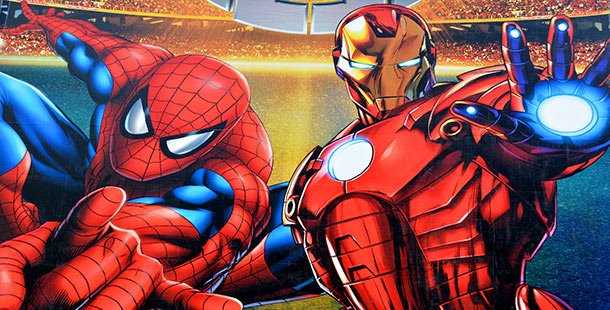Are you considering buying an Australian Shepherd? Before you hurry off to the closest breeder, you might want to check out these surprising facts. The Australian Shepherd, a favorite among American dog breeds, is celebrated for its exceptional loyalty. Moreover, this breed boasts remarkable intelligence and even holds a world record. (You’ll surely be amused when you find out what the record is!) From the degree of shedding they do, to their basic temperament and more, here are 25 bits of Australian Shepherd trivia that might be new to you.
In spite of its name, the Australian Shepherd (familiarly known as the Aussie) does not actually originate from Australia. The breed was in fact developed on ranches in the US in the 19th century for herding purposes.
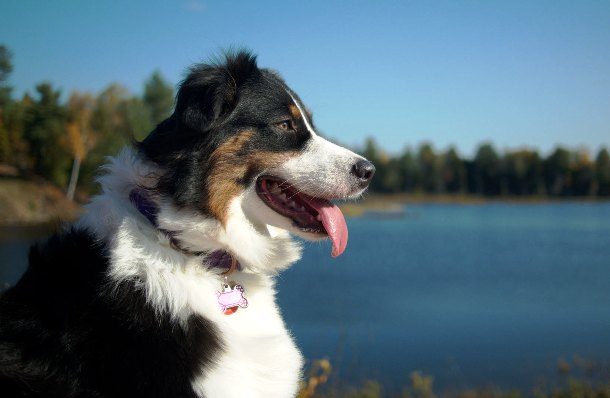 Source: todayifoundout.com
Source: todayifoundout.com There are many theories on which breeds were used to create the Australian Shepherd. Its ancestors probably include the Collie and some shepherd-type dogs that were imported with shipments of sheep from Australia during the 1840s (hence this dog´s name).
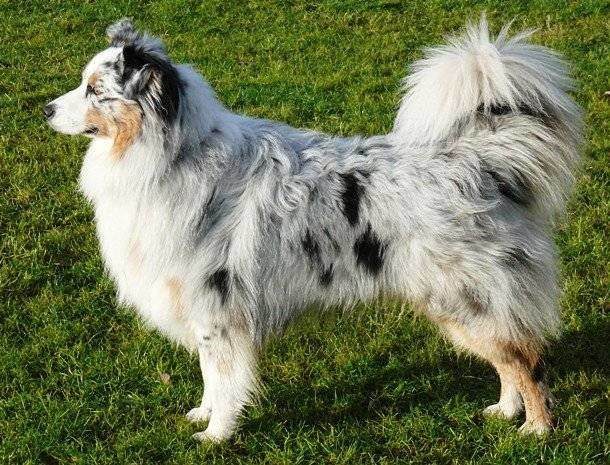 Source: dogtime.com
Source: dogtime.com There are four basic colors of the Australian Shepherd – black, blue merle, red and red merle. However, each of these colors may have copper points or white markings in various combinations on the face, chest and legs.
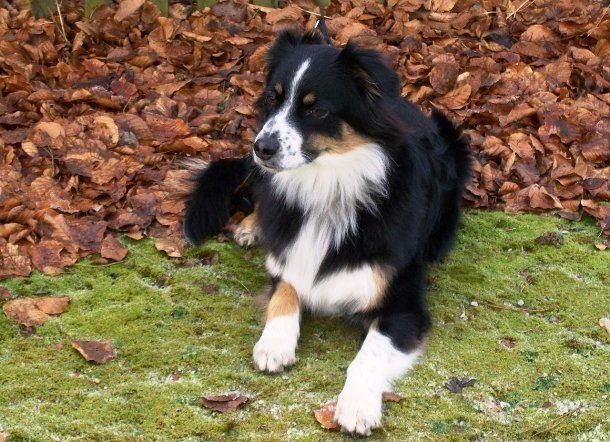 Source: akc.org
Source: akc.org The Aussies have very interesting eyes. Their eyes may be brown, amber or crystal blue but it is not unusual to see this dog with one of a different color than the other (a condition known as heterochromia iridum).
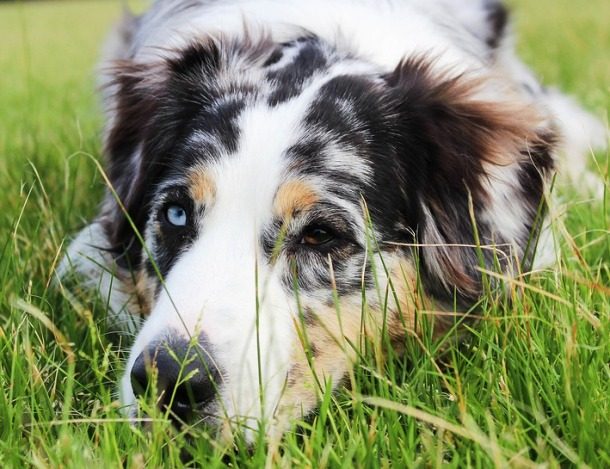 Source: dailydogdiscoveries.com
Source: dailydogdiscoveries.com As many breeders historically docked these dogs´ tails, some Australian Shepherd puppies are born with naturally bobbed tails. Consequently, it is difficult to determine the typical length of their tails.
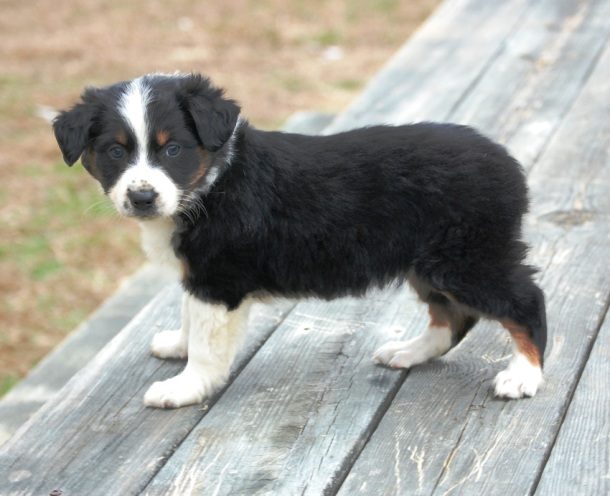 Source: ashgi.org
Source: ashgi.org One of the most intelligent breeds, the Australian Shepherd can be trained to do just about any task put before them. Besides herding and performing tricks, the Aussies also make great search and rescue dogs, as well as service dogs and therapy dogs.
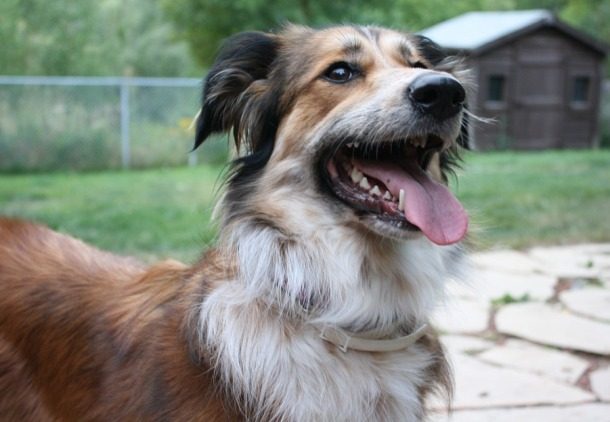 Source: petwave.com
Source: petwave.com As an extremely agile and energetic dog, the Aussie requires a lot exercise. If physical activity is not provided on a daily basis, your dog may bark or become destructive out of frustration.
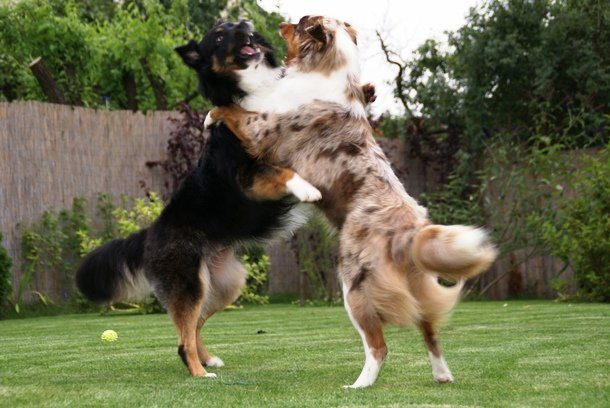 Source: akc.org
Source: akc.org There is also the miniature and the toy Australian Shepherd. The smaller versions of this dog breed require less exercise and physical stimulation than their larger relatives, which makes them better suited to living with city-dwellers.
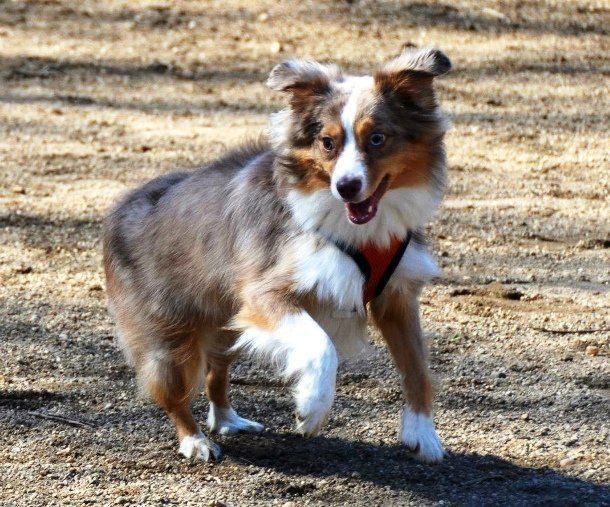 Source: bogglingfacts.com
Source: bogglingfacts.com After World War II, the breed became very popular when Western horseback riding was popularized through films, television and rodeos. Disney even made a movie called “Stub: The Best Cow Dog In The West” which featured three Australian Shepherds - Stub, Queeny and Shorty.
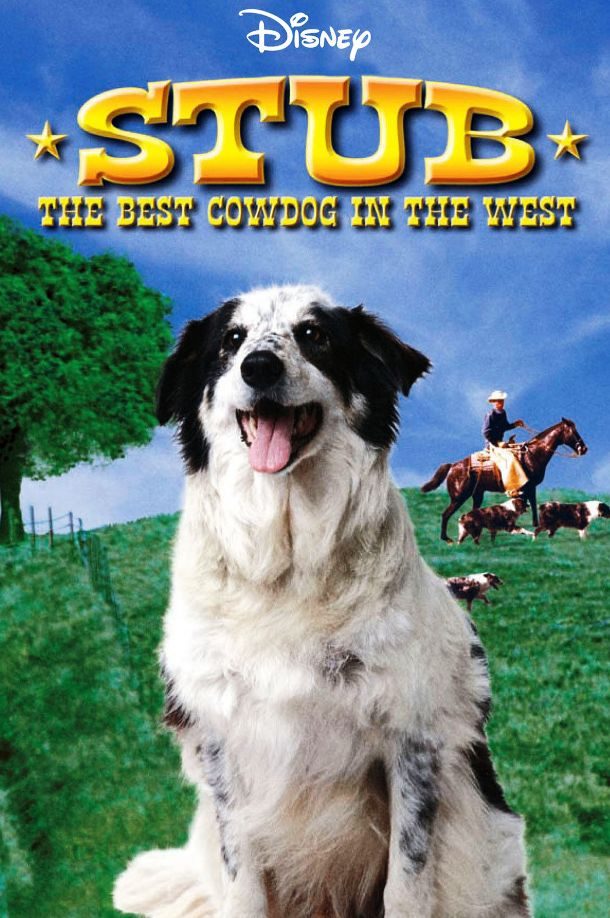 Source: pawster.com
Source: pawster.com The Australian Shepherd sheds moderately but regular brushing and grooming is required to keep its fur in a good shape.
 Source: dogs.petbreeds.com
Source: dogs.petbreeds.com An Australian Shepherd, named Hyper Hank, rose to fame for his Frisbee skills in the 1970s. Hank and his owner, Eldon McIntire, dominated canine Frisbee competitions and they even got to perform at the Super Bowl and play with the Carter family at the White House.
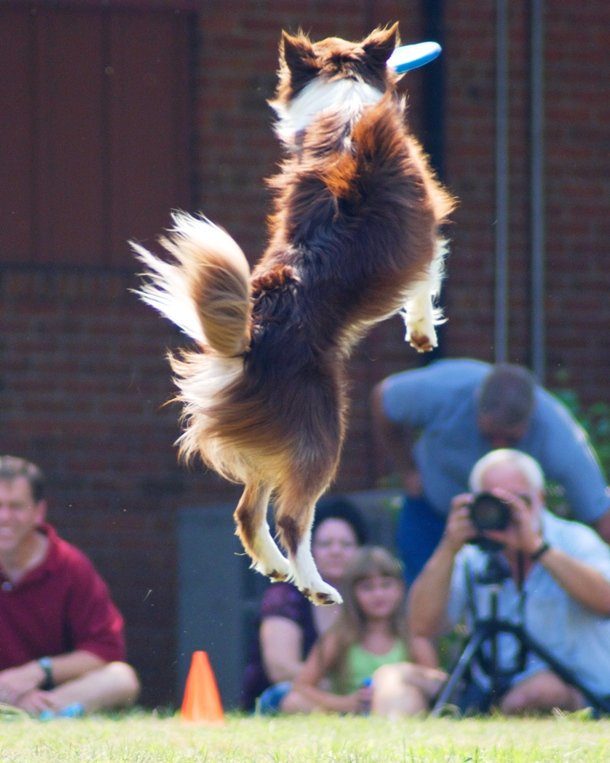 Source: akc.org
Source: akc.org The Australian Shepherd is sometimes confused with the Australian Cattle Dog but they are two different breeds. The Australian Cattle Dog was developed by Australian settlers to handle herds of cattle on expansive ranches. The two breeds also differ significantly in appearance.
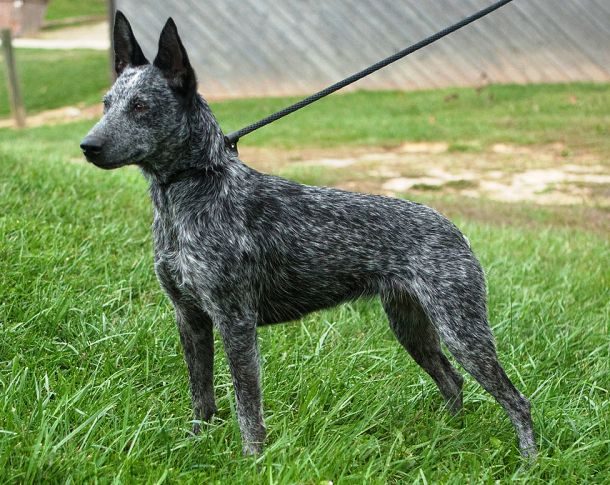 Source: dogtime.com
Source: dogtime.com An Australian Shepherd named Pockets is credited as being the oldest dog to earn a title in AKC history, having earned the Rally Novice title at the age of 15 years and 5 weeks.
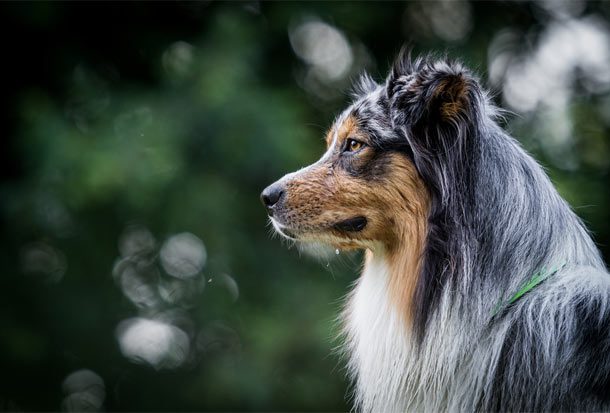 Source: ecmpublishers.com via Wikipedia
Source: ecmpublishers.com via Wikipedia The average sized litter of the Australian Shepherd is 7 with normal range being between 3 to 10 puppies.
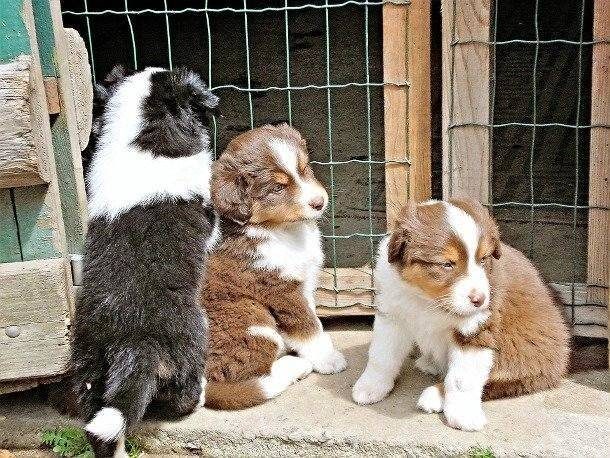 Source: facts-about-dogs.info
Source: facts-about-dogs.info Most Australian Shepherds love swimming. They particularly enjoy playing fetch in water.
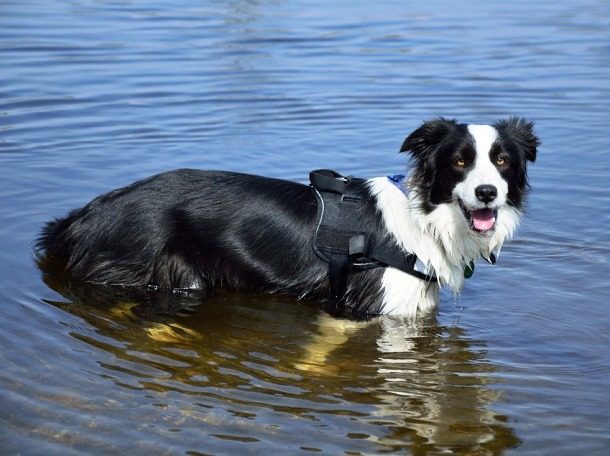 Source: australsky-ovcak.hafici.cz
Source: australsky-ovcak.hafici.cz The original herding nature can cause some Aussies to chase small animals such as rabbits, cats or birds, but occasionally even bikes and cars.
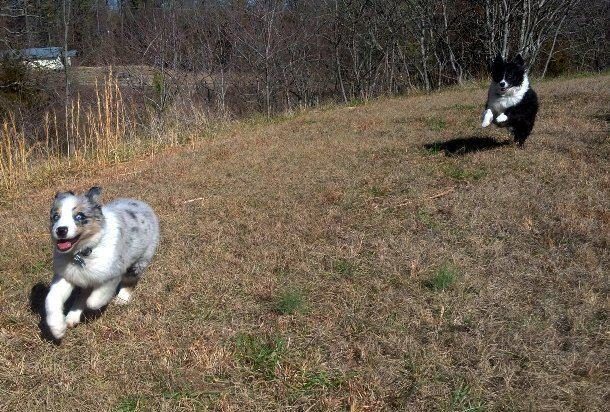 Source: petwave.com
Source: petwave.com In 2016, the Australian Shepherd was the 16th most popular dog breed in the US, right behind the Doberman (15th) and the Great Dane (14th).
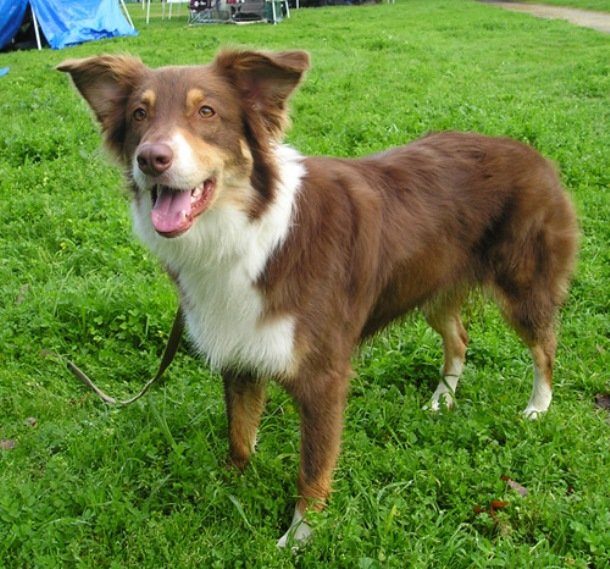 Source: akc.org
Source: akc.org The Australian Shepherd is prone to inbreeding. Two Australian Shepherds with merle coats might produce a puppy with a double-merle coat, resulting in a stark white coat. Such Australian Shepherd puppies often have serious vision and hearing problems, as well as microphthalmia (one eye smaller than the other).
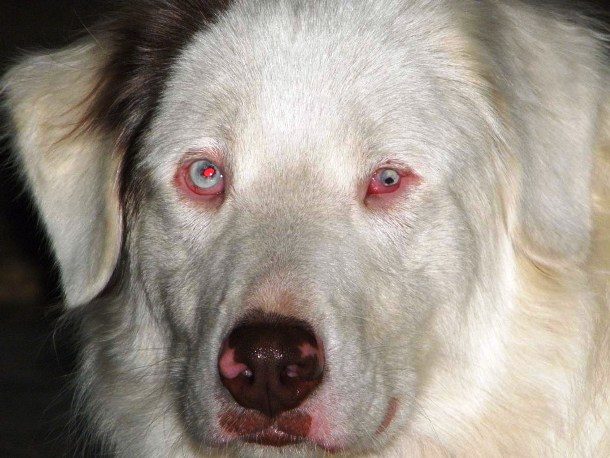 Source: bogglingfacts.com
Source: bogglingfacts.com A very affectionate and loyal dog, the Australian Shepherd loves his human family and he always wants to spend as much time with them as possible, however he might be a little reserved with people he doesn’t know.
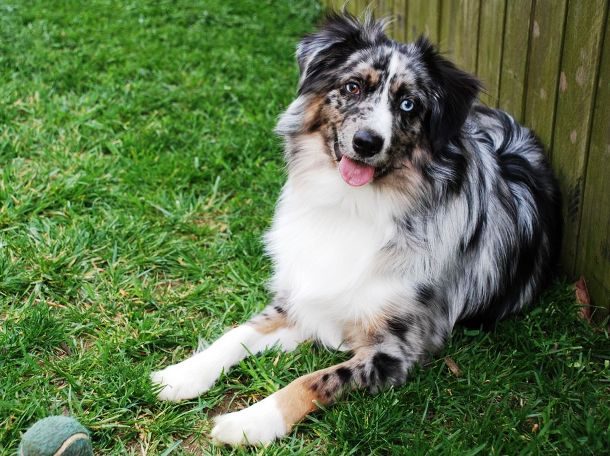 Source: pawster.com
Source: pawster.com The Australian Shepherds make great search and rescue dogs. Many Aussies, for example, were used in the search and rescue works after the 9/11 terrorist attacks.
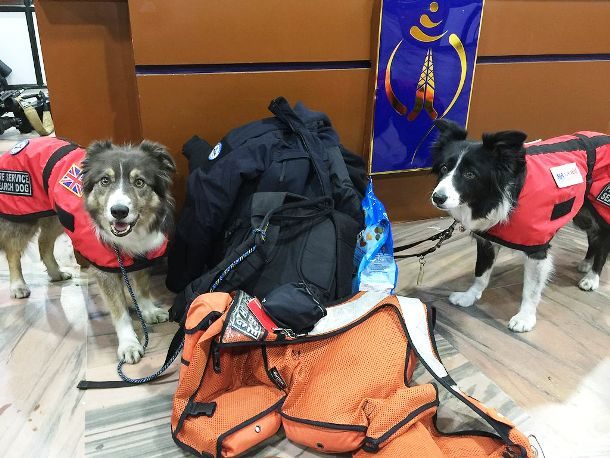 Source: canidae.com
Source: canidae.com Some Native American tribes called the Aussie “the ghost eye dog” (because of its unusually bright eyes) and they considered the dogs sacred and to be avoided.
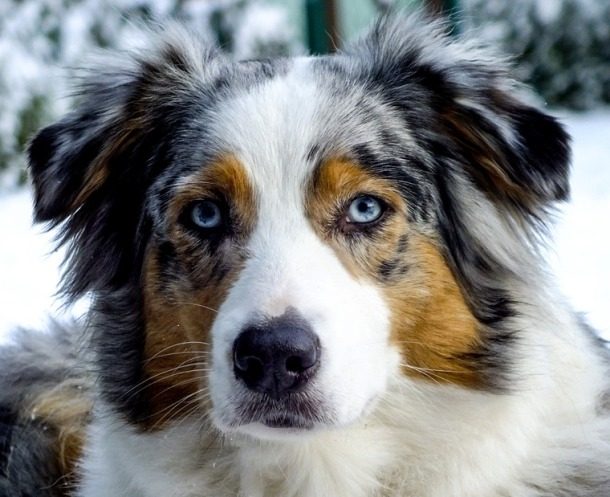 Source: nationalpurebreddogday.com
Source: nationalpurebreddogday.com The Aussies are excellent jumpers. They can easily jump as high as 3 or even 4 ft (90 – 120 cm) so it is important to keep this in mind when building a fence.
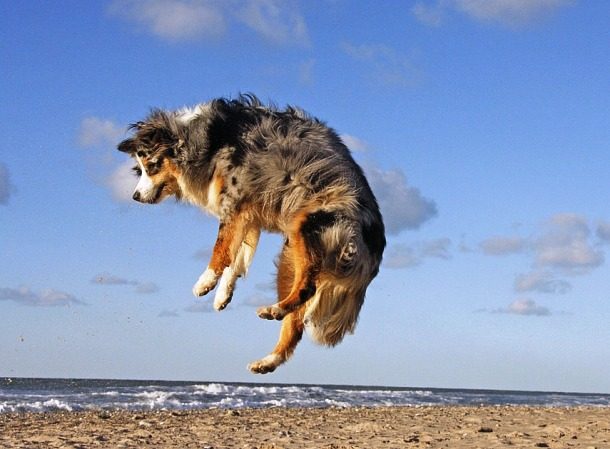 Source: facts-about-dogs.info
Source: facts-about-dogs.info The Australian Shepherds are prone to some health problems but not as many as most other breeds. The most common problems are eye infections, epilepsy and hip dysplasia.
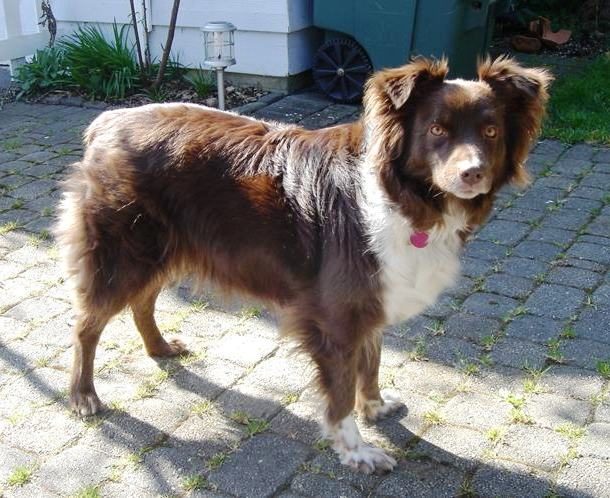 Source: dogsonline.co
Source: dogsonline.co The Aussies are often called "Velcro dogs" for their strong desire to always be near their owners and for their tendency to form intense, devoted bonds with select people.
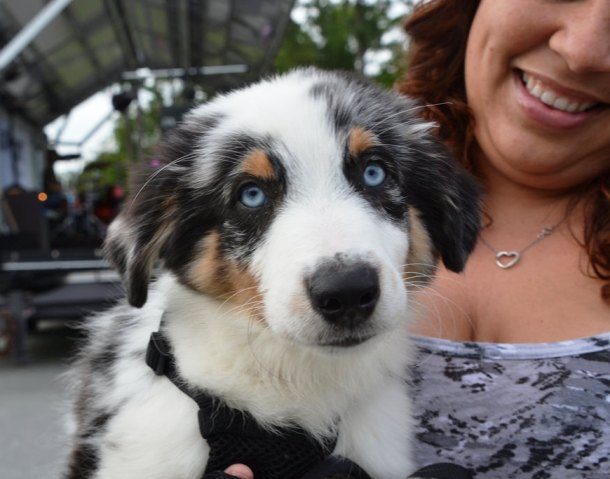 Source: asca.org via Wikipedia
Source: asca.org via Wikipedia An Australian Shepherd/Border Collie cross named Sweet Pea is a world record holder. According to the Guinness World Records, the dog managed to walk 100 m (328 ft) with a soda can balanced on his head in 2 minutes and 55 seconds.
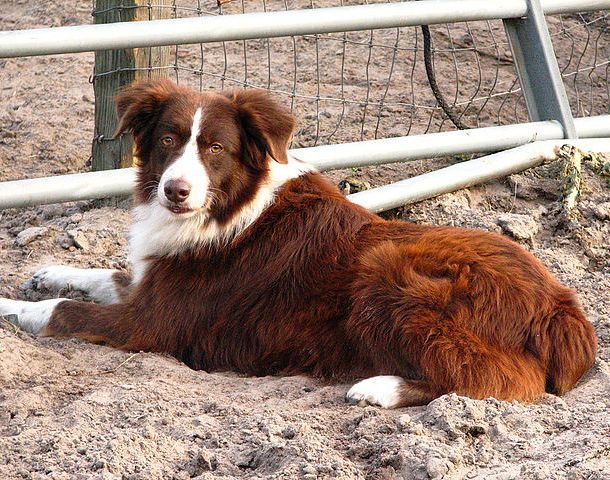 Source: huffingtonpost.co.uk
Source: huffingtonpost.co.uk Lists Going Viral Right Now
Imsges:
25. Tokotanuki via en.wikipedia.org CC 4.0, 24. Martin Voss via commons.wikimedia.org CC 3.0, 23. Stefan Didam via commons.wikimedia.org CC 3.0, 22. Public Domain, 21. Ted Van Pelt via Commons.wikimedia.org CC 2.0, 20. Public Domain, 19. Joeylena via commons.wikimedia.org CC 3.0, 18. Andrea Arden via Flickr CC 2.0, 17. Poster Copyright by Disney and used on this list under Fair Use, 16. GizaDog via commons.wikimedia.org CC 3.0, 15. Sally Wehner via Commons.wikimedia.org CC 2.0, 14. Wendy Hodges via commons.wikimedia.org CC 2.0, 13. Shutterstock, 12. Public Domain, 11. Public Domain, 10. Mike Perry / MikePerryMedia.com via commons.wikimedia.org CC 3.0, 9. Elf via commons.wikimedia.org CC 3.0, 8. Luvlethalwhites via commons.wikimedia.org CC 3.0, 7. Mike from Baltimore, USA via commons.wikimedia.org CC 2.0, 6. DFID – UK Department for International Development via commons.wikimedia.org CC 2.0, 5.Public Domain, 4. Public Domain, 3. Public Domain, 2. Tony Alter via Flickr CC 2.0, 1. monica king via commons.wikimedia.org CC 2.0, Featured Image. Shutterstock.







